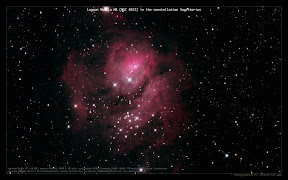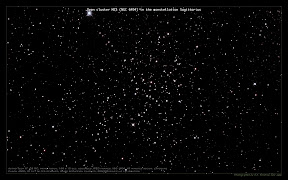New camera, new master flat.
After crawling numerous blog and forum postings regarding flats, I never came across anything that really explained how simple creating a master flat calibration frame can be. After some personal research coupled with trial and error, I eventually understood the purpose of and how the calculation works. In addition, it became exceedingly clear to me that a common recommendation to point the telescope at various regions of the blue sky before twilight is collectively bad advice.
I want to correct this now!
What you want is a calibration image that will
scale your pixels consistently to normalize individual pixel intensity - removing the variation in detected energy due to curved optical plane, the effect referred to as vignetting. Key phrase here, "scale your pixels consistently."
What does that mean? It means record a neutral image of your optical curvature. What does neutral mean in this context? It means without preference to any color channel (
i.e., grayscale, folks). If you still don't get it, find a new hobby or just follow the instructions below and don't worry about it.
So, here's a simple recipe for creating flat calibration frames for DSLR prime focus astrophotography:

1) On a bright, sunny afternoon bring out your telescope and attach the camera
exactly as you would for shooting
2) Ensure the camera is "focused", this will require some thinking on your part (suggestion: lock the focuser down from a prior night's shooting when the camera was focused on a star)
3) Tape a white sheet of paper without wrinkles across the opening of the telescope (see picture above)
4) Set the camera to aperture-priority mode and ISO 100 (best dynamic range/low noise), this will record our "white" light in the median range of the combined color channels - forming our grayscale image. Afterwards, look at the histogram readings from the images and you'll see what I mean.
5) Take as many shots as you can, I strongly recommend over 100 to get good saturation and signal coverage. This shoot I'm taking 250 as I tend to go for 200+ image frames on any good outing.
6) Once you've collected them, use your favorite stacking program to apply a standard distribution.
You'll also want to adjust the RGB channel offsets, so they are right on top of each other (this is a one-click operation in
Nebulosity called Adjust Color Background). This will account for the slight fluctuations of the channels we recorded and then you'll have your wonderfully neutral master flat!

Good luck!






















